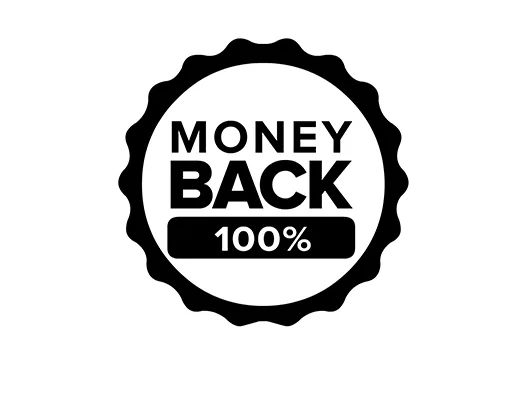The Simple & Reliable Way to Find a Manufacturer for Your Product
For Custom Garments, Electronics, Plastics & More
How to Manufacture Your Custom Product
1. Review Your Production Line
Creating your own products starts with carefully arranging the parts identified during the Product Development and setting up assembly. The production line is the heart of the manufacturing process and has to be planned. By first reviewing the steps involved in making the product, we get a better understanding of possible problems which may arise.
2. Estimate the Lead Time
Once the production line is established, we can estimate the approximate production time. This step provides a realistic timeline so if delays occur, we can execute our previously established contingencies. Product manufacturing companies tend to be overly optimistic about lead times. It always has to be double checked and streamlined, especially when we as contract manufacturing company are working with various component suppliers.
3. Monitor the Production
We use our bill of materials and production line assessment to review the order in detail according ISO and ASQ standards during the production and as soon as the production is completed. Quality control should only confirm what you already know when outsourcing manufacturing, since it is often too late to fix any serious problems here.
4. Arrange the Logistics
The last step in making your own product is often overlooked. By working with trusted logistics partners, we ensure your product gets to you without problems. We handle all paperwork and customs procedures so you can focus on distributing the product to your clients. We also provide any custom packaging that further improves the value of your product.
Frequently Asked Questions
WHERE DOES YOUR CUSTOM MANUFACTURING TAKE PLACE?
We usually refer to our production lines in China and other Asian countries when clients ask us where and how to find a manufacturer for lower to medium quantities of custom products. It strongly depends on your product since several countries are specialized in certain industries. Chinese suppliers and component manufacturing companies are very competitive when it comes to plastics and electronics, while good clothing material supply chains can also be found in Bangladesh and Vietnam. However, we also work with manufacturers in Mexico and larger orders of high value goods might be best catered to in the US or Europe. We can gladly go over your options–it depends. We always do as much of the manufacturing ourselves at our facilities or with long-terms partners for better results.
CAN I ALSO WORK WITH YOU IN CASE THAT I ALREADY HAVE MY OWN PRODUCT MANUFACTURER?
Yes, we also work with clients that came to us because they had problems with ongoing production lines at their contract manufacturing companies. We visit them and review their production process in this case. Sometimes customers also just want to produce a new custom product with their current supplier that lacks the necessary innovation skills or needs help with certain components. It is an advantage if you already found and work with a manufacturer. We only suggest you to change if there is a specific advantage in doing so. Being the manufacturer to make your product is only part of our job; assuring that you can deliver perfect products is our actual mission.
HOW DO YOU CHOOSE YOUR CONTRACT MANUFACTURING SUPPLIERS AND OTHER FACTORIES?
We as contract manufacturing company have our own facilities (for assembly, packaging, and other standard tasks) and permanent partnerships with proven suppliers for popular product categories. Since we bundle orders and have many ongoing manufacturing projects at any time, we can also realize small orders, have more room for customization of products and get better prices. To find factories for product parts we haven’t done before, we can rely on our experience, local staff and legal expertise. We also do not only choose the immediate factory but also the suppliers of components. It is crucial to exercise control over the most important parts of the entire supply chain. For many raw materials and components, we are familiar with the market prices and where to get them to lower cost.
WHY ARE THE PRODUCTION LINE AND LEAD TIME ASSESSMENT IMPORTANT?
Our production line assessment is crucial to avoid any mistakes and quality issues with your custom product in the first place. It often pays off tremendously when you check the assembly line and the components used. You can identify bottlenecks and critical production areas that are not apparent when you just have custom samples (they are often done manually). It allows you to work on the process directly to add more glue here, use double stitching for a certain seam or keep track of critical areas when we review the production. Lead time assessment is equally important to coordinate with all factories and their suppliers to make sure also the parts needed are done when they are supposed to.





